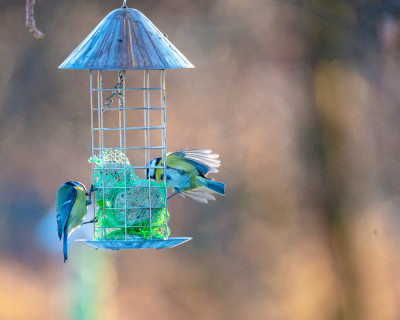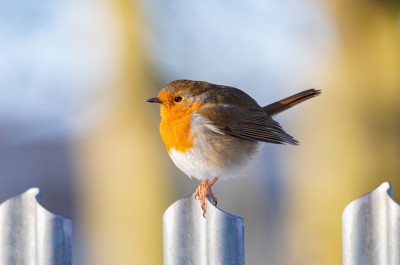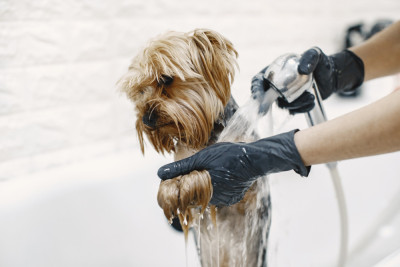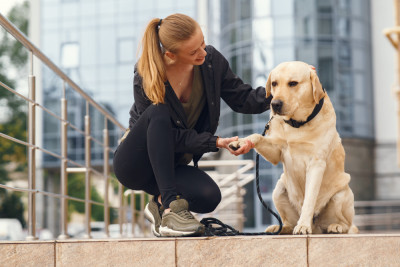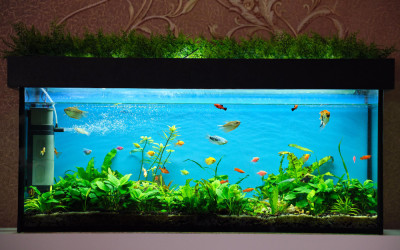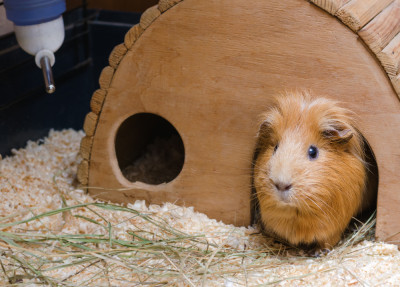The Importance of Flight for Pet Birds
Flight is an essential aspect of a bird's physical and psychological well-being. Allowing your pet bird to fly has several benefits:
1. Physical Exercise: Flight is one of the best forms of exercise for birds, helping them maintain a healthy weight and strong muscles.
2. Mental Stimulation: Flying encourages problem-solving and spatial awareness, promoting mental agility and reducing boredom.
3. Stress Relief: The freedom of flight can alleviate stress and anxiety in pet birds, resulting in a happier and more content companion.
4. Natural Behavior: Flight is a fundamental natural behavior for birds. Allowing them to fly satisfies their innate instincts and contributes to their overall happiness.
Getting Started with Flight Training
Before you begin flight training, consider these essential steps:
1. Assess Your Bird's Health:
- Ensure your pet bird is in good health and physically capable of flight. Consult with an avian veterinarian if necessary.
2. Secure Your Environment:
- Create a safe and bird-proofed environment to prevent accidents during training sessions. Remove hazards such as open windows or ceiling fans.
3. Positive Reinforcement:
- Use positive reinforcement techniques, such as treats and praise, to motivate and reward your bird during training.
4. Basic Training:
- Ensure your bird has basic obedience training, including recall commands, before embarking on flight training.
5. Flight Recall Training:
- Start flight training in a controlled indoor space with minimal distractions. Begin with short recalls from a nearby perch to your hand.
6. Gradual Progression:
- Gradually increase the distance and height of recalls as your bird becomes more confident and responsive.
7. Outdoor Training:
- Once your bird is proficient at indoor recalls, consider outdoor flight training in a secure, enclosed space like a screened-in porch or aviary.
8. Supervision:
- Always supervise flight training sessions to ensure your bird's safety and monitor their progress.
9. Building Trust:
- Trust and communication are essential. Allow your bird to approach and return to you at its own pace, building a strong bond of trust.
10. Flight Harness and Leash: - Consider using a flight harness and leash when training your bird outdoors to prevent accidental escapes.
Flight Training Challenges and Solutions
Every bird is unique, and some may face specific challenges during flight training. Here are some common issues and solutions:
1. Fear of Flying:
- Some birds may initially be fearful of flight. Be patient, offer reassurance, and create a positive training environment.
2. Distractions:
- Birds may become easily distracted during flight training. Train in a quiet, familiar space and gradually introduce distractions.
3. Overexertion:
- Be mindful of your bird's stamina, especially in the early stages of training. Allow for rest and hydration as needed.
4. Aggression:
- Some birds may become territorial or aggressive during training. Use positive reinforcement to redirect their behavior.
5. Outdoor Challenges:
- When training outdoors, be cautious of potential predators or environmental hazards. Choose a secure location.
Conclusion
Flight training for pet birds is a rewarding endeavor that allows your feathered companion to embrace its natural instincts and stay physically and mentally healthy. By following these tips and approaching flight training with patience and positive reinforcement, you can create a safe and enriching experience for your bird. The bond you build through flight training will not only benefit your pet's well-being but also provide you with the joy of witnessing your bird soar to new heights of freedom and confidence.

